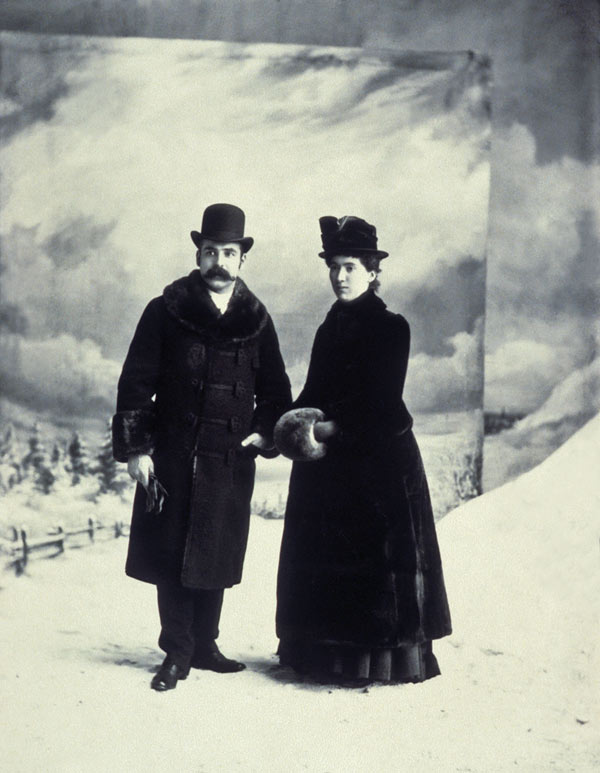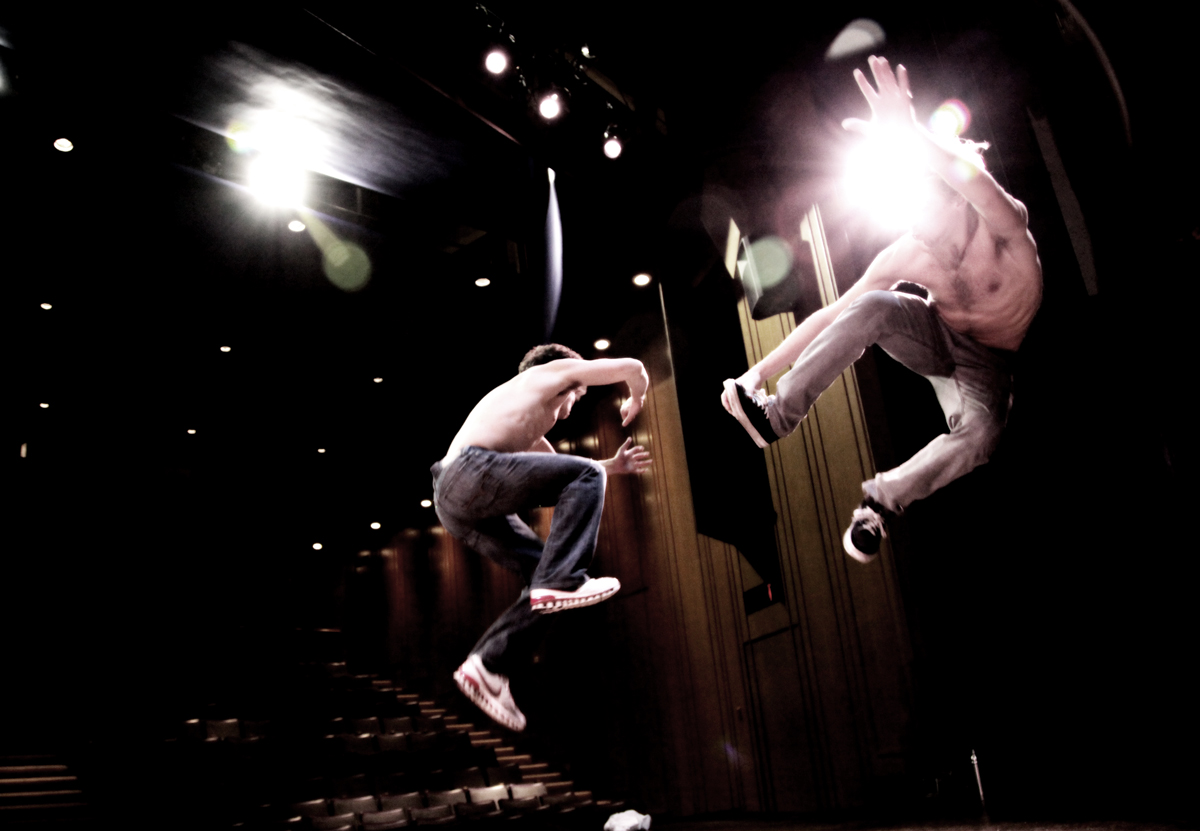SETTING THE STAGE for SHAW
Friday, March 19th, 2010In the second of a series of guest posts from the Arms and the Man company professional Set Designer Ana Cappelluto shares her inspiration for the Arms and the Man set design:
In the summer of 2009, when I was finally getting down to reading Arms and the Man, the BBC news announced that that a researcher had discovered a joke written by George Bernard Shaw in honour of the opening in 1930 of the Hall at William Morris House in Wimbledon. The joke was found written in Shaw’s hand on a photograph of himself, and read as follows: “William Morris and I preached the gospel of Labour together on many occasions. Many respectable persons thought we deserved hanging. I am proud to hang in a hall dedicated to him.” As a joke it was a little disappointing, but it did trigger a thought which led to research that incorporated photography, William Morris’s idiosyncratic textile designs and socialism. Because many of the characters in Arms and the Man are posers, I decided that I wanted to play with the posed photo. I began by immersing myself in the extensive slide collection at Concordia University. Like all research, it’s the serendipitous find that often makes the searching most exciting. In the collection, I found original slides from the Notman Studio in Montreal.
William Notman was a photographer in the 1800s who became famous for his group portraits of athletic clubs, social gatherings, and prominent families. These composite photographs were created by photographing each subject individually in the studio, with a posing stand at the head to prevent movement. The negative was developed and then printed on photographic paper. The subject was then carefully cut out; the edges were feathered, and placed on a canvas. After fixing, washing, and drying, the canvas was attached to a wooden stretcher, coloured in oil by artists, and then rephotographed to make the composite appear seamless. Early Photoshop mixed in with scene painting: I was inspired. And more so when I read the description of a large-scale reproduction of a fancy dress skating party planned in honour of Prince Arthur. Notman declared his intention to make a record of the event, and invited those who planned to attend to bring their costumes and skates to his studio for a composite photograph:
One hundred and fifty people came in answer to the advertisement to don their brightly coloured costumes representing various themes and epochs. They included Scottish couples in Highland costume, Elizabethan ladies and courtiers, several soldiers and sailors, a voyageur, a pilgrim father, “Diana”, goddess of the hunt, with bow and arrows, a scattering of young women in peasant costumes, a woman dressed as Night, another as the morning star, a man arrayed as a counter bass, another as a giant head and an “Indian” who appears to be aiming his arrow at a woman smoking a cigar.
In Arms and the Man, the characters that inhabit the “house” have more money than sense, and spend much of their time posing and romanticizing the war. I began to cut and paste, as needed, elements for my own composite photo. And so what began with a joke at the back of a photograph, ended up as a photographer’s backdrop for the actors.
Ana Cappelluto
Scenic Design
Works Cited
Triggs, Stanley G. “The Composite Photographs.” Mccord-museum.qc.ca. McCord Museum, 2005. Wed. March 10, 2010.
Note: See more set design renderings on our show site!

